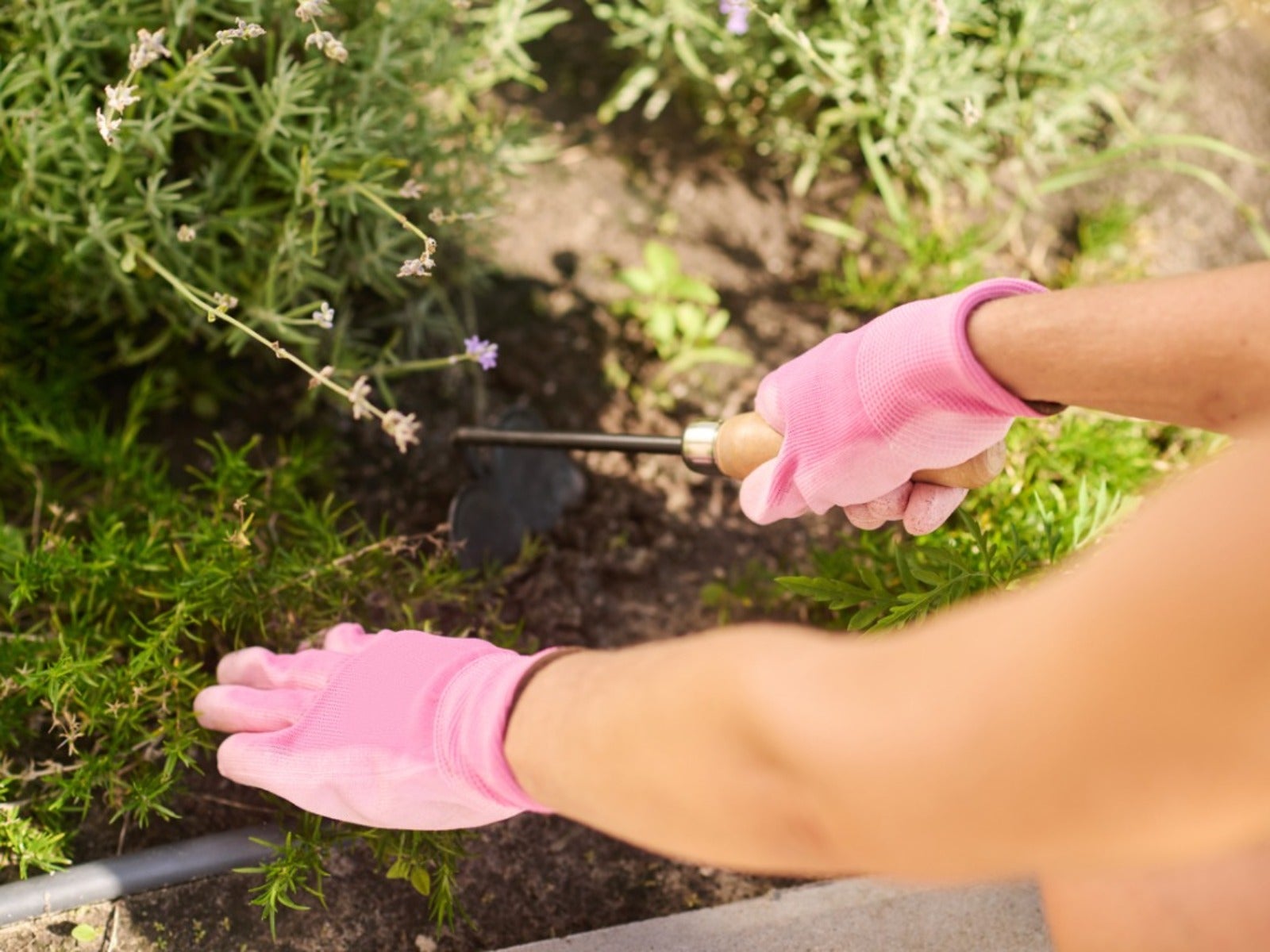How To Control Weeds In Groundcover Areas Of The Garden


Groundcovers are a wonderful way to cover bare areas and create a carpet of greenery. However, they are prone to becoming colonized by weeds and grasses. Since the groundcover will grow into a mat of foliage, getting unwanted plants out of the area can pose a challenge. Wondering how to get rid of grass in groundcover? Short of hand pulling, you'll want to invest in the proper groundcover weed control that is safe for the wanted plants but will remove the weeds.
Grass In Groundcover
Finding grass growing in groundcover is a very common problem. Groundcovers that do not establish quickly or tend to have gaps in them will catch weed seeds, allowing these unwanted plants to flourish. You can purchase a groundcover weed killer that will target weeds and not harm the groundcover in some cases. To prevent the problem, it is best to install weed barrier fabric prior to planting. If it’s too late for that, manual pulling or the appropriate herbicide may be the only solution.
Preventing Weeds in Groundcover
Prevention is always the best option. Weed barrier fabrics are an excellent way to prevent weed seeds from growing. However, they don’t prevent stolons of creeping grasses that are tenacious and will push through the fabric. Perennial weeds must be removed prior to laying the fabric. Applying a pre-emergence herbicide before seeds get a chance to germinate will prevent many weed varieties. For grasses, apply a product containing sethoxydim, a grass killer.
Laying a thick layer of mulch will also help prevent weed emergence. This could be in the form of bark, newspaper, rubber mulch, rocks, or other organic or inorganic layers. There will still be some weed or grass emergence which can be managed with hand pulling in most instances. Provide good care for newly installed groundcovers so they will grow together rapidly, and thickly, leaving no spaces for pest plants.
How to Get Rid of Weeds in Groundcover
Annual weeds can be prevented in the above ways, but perennial weeds are the real problem. These will show up annually unless the entire root system is destroyed. Getting down deep to remove plants such as dandelions can be a trial amongst the thicket of groundcover. Direct, careful application with an appropriate herbicide is one way to get rid of perennials. Avoid using a broad spectrum herbicide but elect to purchase one that is safe for ornamental plants and has the pest weeds listed for control. Herbicides classed as Dinitroanilines will control many broadleaf weeds.
Fine mulches like peat moss or manure can impede the penetration of the herbicide into soil. Where possible, work herbicides into the soil.
How to Get Rid of Grass in Groundcover
Grasses that spread with stolons will creep into any garden bed. They will quickly establish if not dealt with promptly. One organic way to avoid this nuisance is by installing a barrier between sod and the bed. Dig into soil slightly deeper than where the stolons sit naturally. Most stolons are fairly near the surface. Use a purchased barrier or make your own. Alternatively, make a buffer zone at least 6 inches (15 cm) from the grass. Fill this with mulch to control annual weeds. If chemical control is necessary, use a fusilade herbicide. These will not damage herbaceous plants, but will kill grasses. As the groundcover establishes, weed out or chemically control grass before it can take over the area. Once the groundcover is full and mature, it will crowd out most grasses.
Sign up for the Gardening Know How newsletter today and receive a free copy of our e-book "How to Grow Delicious Tomatoes".

Bonnie Grant is a professional landscaper with a Certification in Urban Gardening. She has been gardening and writing for 15 years. A former professional chef, she has a passion for edible landscaping.